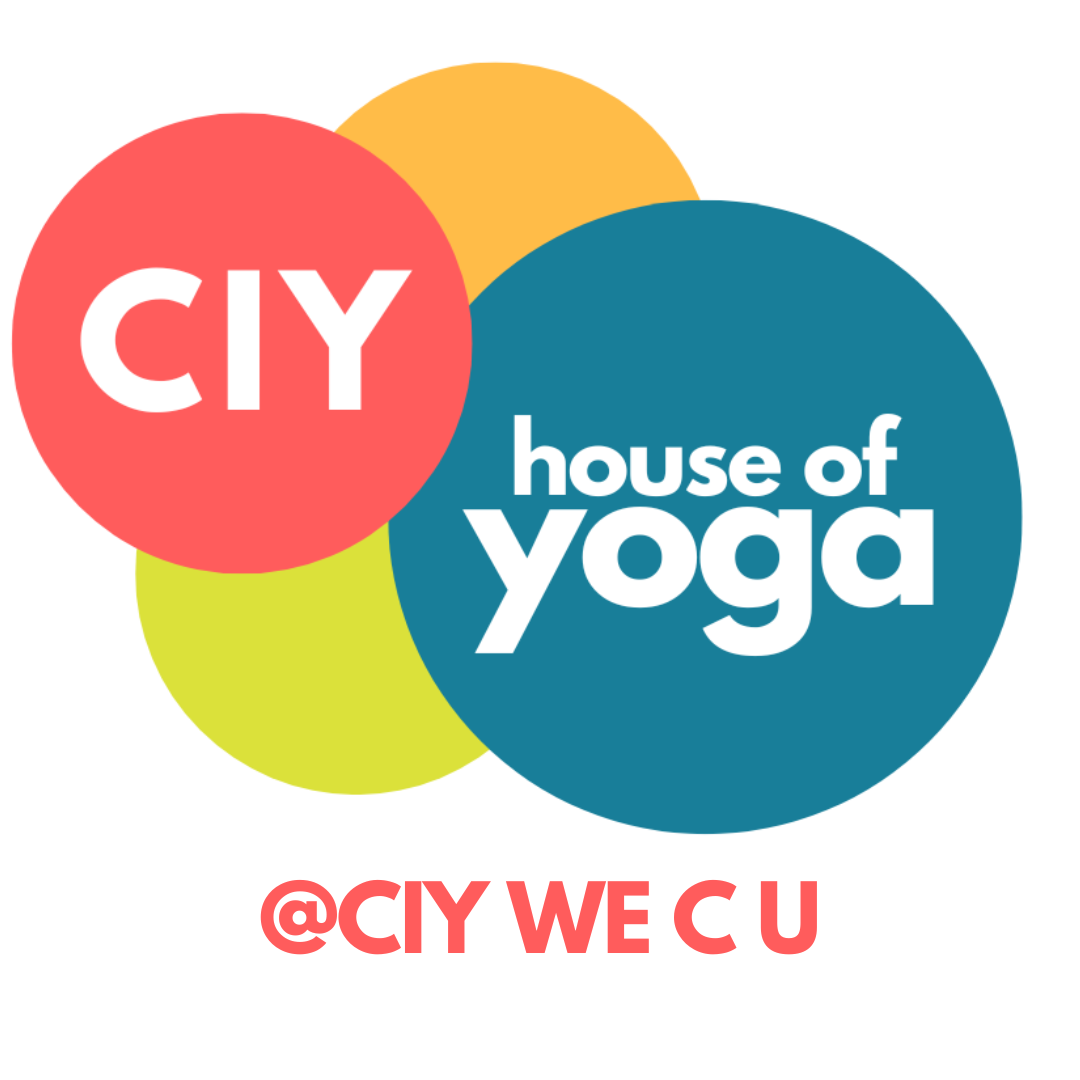An Exposition of Yogacarya BKS Iyengar’s “Jnana in Asana: Experiential Knowledge” by Sharoni Fixler
The article discussed below is a transcription of a message given by BKS Iyengar at the American Iyengar Yoga Convention in San Diego, June 1990.
Yogacarya BKS Iyengar “Jnana in Asana: Experiential Knowledge” in Astadala Yogamala, Volume 2, pp. 254-256. Allied Publishers Pvt Ltd. 2009. $22.00 Paperback. ISBN 8177641786 http://iynaus.org/store/store/books.
Jnana marga is the path of knowledge. In his article, BKS Iyengar explains how experiential knowledge can be attained through the practice of asana (postures). Iyengar yoga is a practice-oriented tradition where asana and pranayama (breathing exercises) are the starting point for accessing the many facets of yoga.
It has often been referred to as ‘furniture yoga’ because of its hallmark use of props. Iyengar yoga is known for precision, a focus on alignment, longer holds in asana and the regular practice of headstand and shoulderstand.
Often, Iyengar yoga is perceived as a physically-oriented tradition, lacking the spiritual weight of other yoga traditions that put less emphasis on asana or none at all. In the article, Iyengar explains:
There may be a misconception in your mind that dhyana [meditation] is spiritual yoga and asanas physical yoga…..where there is asana, there should be dhyana. Where there is dhyana should be an asana.
He states that it’s impossible to meditate without having a body and taking a physical position during meditation. The body should not be given less importance than the mind. They are all part of a whole.
Do not be confused if somebody says to you that this is physical yoga, be indifferent to such words and stick to your practices. Even for spiritual yoga, the body has to be used. Can spiritual wisdom be imparted without speech?...Without physical means, the essence of spirituality cannot be expressed.
Iyengar explains that the asana practice matures over time and at first we do the asana from the gross body and eventually we move through to the subtle body to the causal body. He explains the gross body as the anatomical, the subtle body as the physiological, mental and intellectual and the causal body as the spiritual. We move from the gross to the fine as the asana practice evolves and eventually, the practice becomes meditation-in-action.
He goes on to correlate the three bodies with three margas (paths of yoga): karma (action) which connects to the gross body, jnana (knowledge) which connects to the subtle body and bhakti (devotion) which connect with the causal body.
Iyengar gives specific examples of poses that bring about a ‘state of silence’. From his own experience in the postures, he has ascertained the effects of each pose on the mind.
I will tell you the difference between these asanas. They take you to the state of silence [meditation], even perfection. But in that silence you find various differences. In Halasana [plow pose], the silence is passive and makes you pensive. In Setu Bandha Sarvangasana [little bridge pose], it is a half-pensive and half-dynamic state of silence. In Halasana, you can go to sleep, but in Setu Bandha Sarvangasana you cannot go to sleep and you cannot oscillate either. In Salamba Sirsasana [headstand] too you cannot oscillate, you can never be inattentive even for a second, otherwise you lose the balance. Yet you feel cool in the head. In Paschimottanasana [seated forward bend] you experience serene silence.
He explains that in each asana the state of consciousness changes and that the practitioner should experience the effects of each pose for his/herself. With that experience, he/she can choose and sequence poses based on their effects and according to the individual’s needs on a given day. For those who struggle in a pose or have difficulty accessing it, prop support is taken so that body and mind can settle more easily and the unique effects of the pose can be experienced.
Iyengar’s sequencing, use of support and longer holds are excellent tools to access to the meditative/devotional state and rebalance the mind/emotions through asana.
At 95 years old, Iyengar continues to practice amongst his students at his institute in Pune, India. He is a true proponent of practice as a path to understanding. There is an anecdote of BKS Iyengar going to a conference with several highly-regarded scholars. One of the scholars asked him where he had read the information he shared about a certain idea in yoga philosophy. He answered, “from the library of my body”.
Sharoni Fixler is a certified Iyengar yoga teacher and a lifelong student of yoga. She teaches regular classes at her centre in Calgary, Calgary Iyengar Yoga and facilitates a PreTeacher Training Program focused on personal practice. She can be reached at sharoni@calgaryiyengaryoga.com
